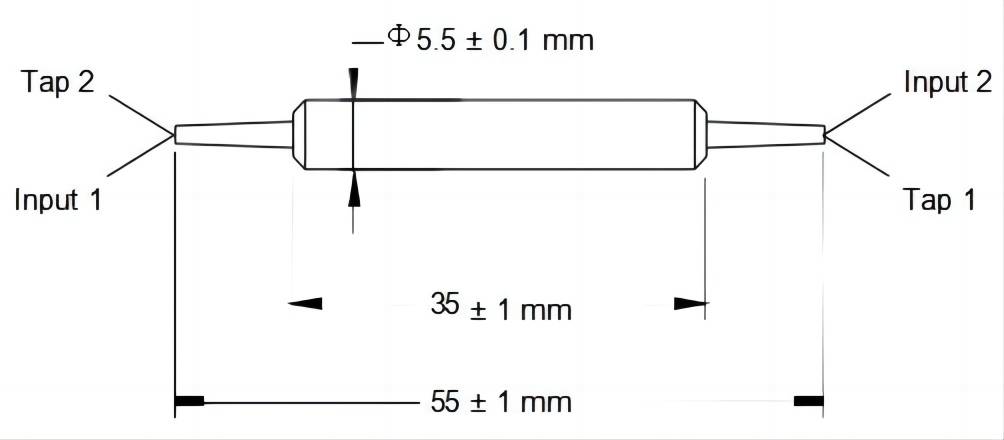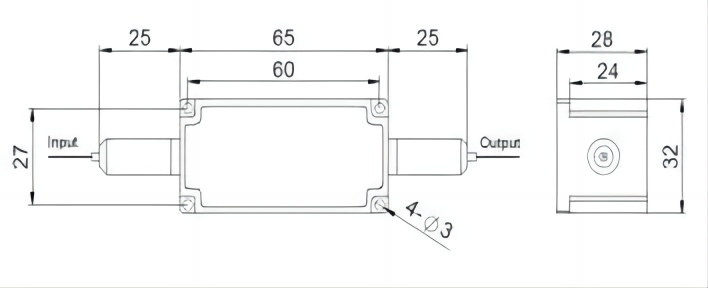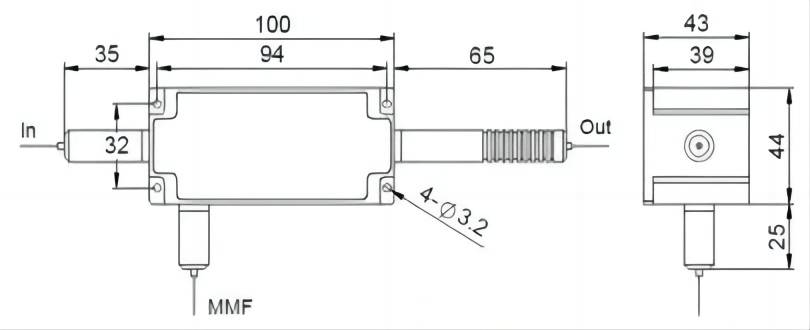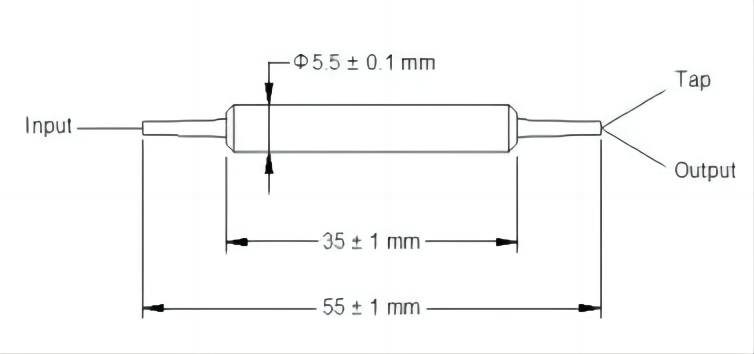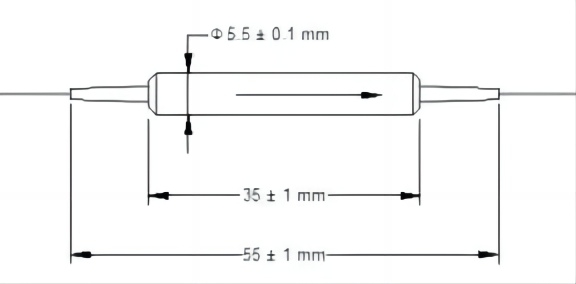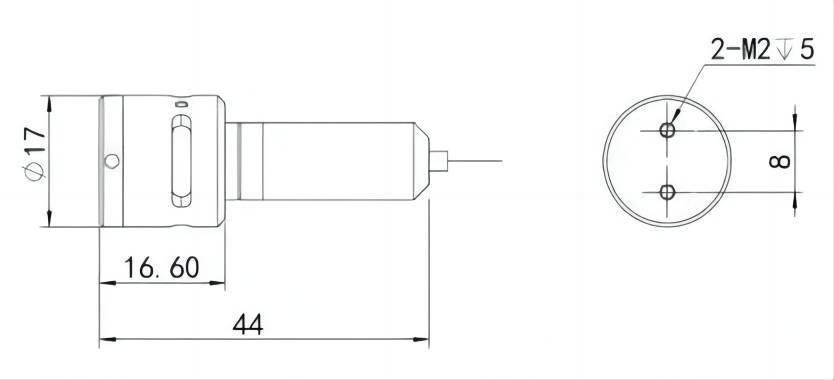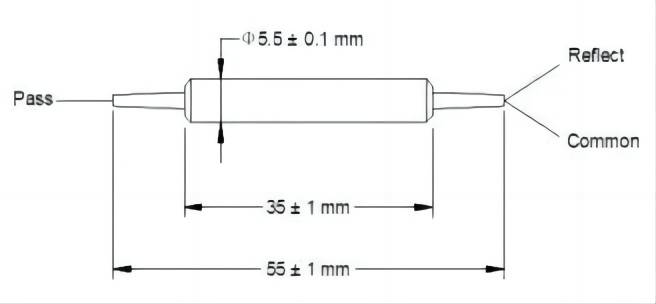Top 5 Factors to Consider When Buying Passive Optical Components
When selecting passive optical components, prioritize low insertion loss for signal efficiency, high reliability, and system compatibility (wavelength, connectors). Ensure rugged durability for harsh environments and application-specific designs, such as those in telecom and sensing. Always verify industry certifications (eg, Telcordia, ISO) for long-term performance.
Here we will take a closer look at these factors.
What are Passive Optical Components
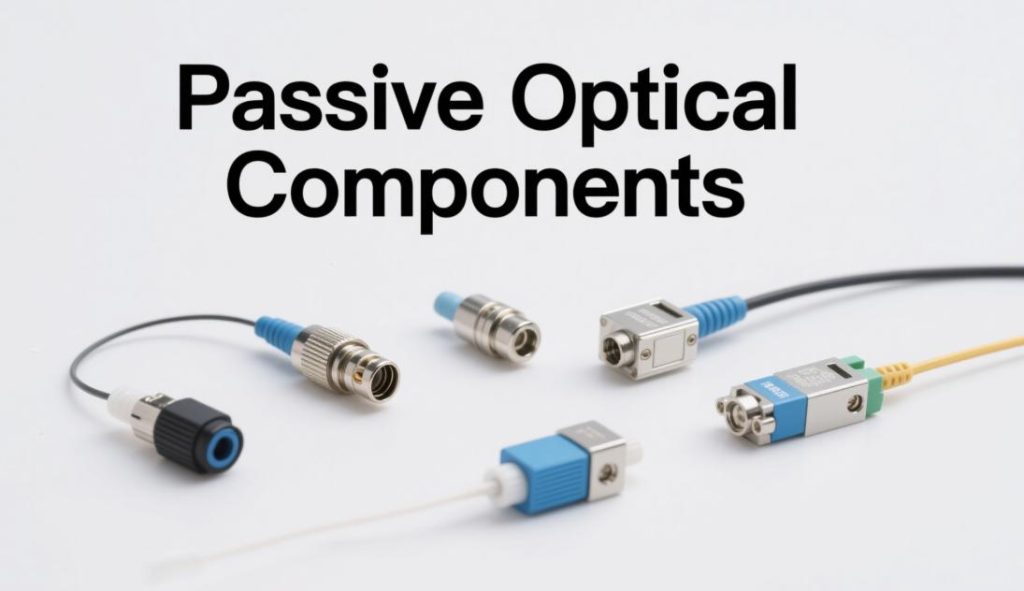
Passive optical components are often forgotten about in fiber optic networks, yet are vital in providing high-speed data transmission without needing external power sources. Devices like circulators, isolators, polarizers, collimators, and Faraday rotators act like traffic controllers for light signals by directing, filtering, and stabilizing optical paths with precision.
Active components convert electrical signals, while passive elements rely solely on optical principles for operation, offering increased reliability, lower maintenance requirements, and energy efficiency. Passive elements form the cornerstone of modern optical systems across industries: they serve as their backbone.
- Telecommunications services for long-haul and metro networks
- Fiber sensing (for structural health monitoring and industrial automation)
- Medical technology (in the form of advanced imaging systems) continues to advance rapidly.
- Defense/Aerospace (secure communications and sensing applications)
With the growing demand for faster, more reliable data transmission, selecting the right passive components has never been more critical. The ideal choice balances performance metrics, environmental durability, and system compatibility—factors that directly impact network efficiency and longevity.
Insertion Loss & Return Loss Performance
When selecting passive optical components, insertion loss (IL) and return loss (RL) are two of the most critical performance metrics to evaluate. These parameters directly impact signal strength, data integrity, and overall network efficiency.

Why Insertion Loss Matters
Insertion loss measures how much optical power is lost as light passes through components. An excessive loss can weaken signals, necessitating costly signal amplification to restore them to full strength. Industry standards typically call for less than 0.5dB insertion loss for high-performance systems. Precision alignment and high-grade materials help our isolators and circulators reach optimal efficiency. Even minor losses add up over distance, making low-loss components essential for undersea cables and telecom backbones.
The Role of Return Loss
Return loss quantifies how effectively a component suppresses reflected light, which can cause interference and degrade signal integrity.
High return loss (>50 dB) is ideal, reducing backscatter that disrupts lasers and detectors.
Connector quality and anti-reflective coatings play a major role—our components use advanced polishing techniques to maximize performance.
How to Ensure Optimal Performance
For optimal performance, begin by checking the specifications provided by the manufacturer. It is vital to verify whether the loss of insertion (IL) or return loss (RL) values have been evaluated under real-world conditions. This guarantees that the components function effectively in real deployment scenarios and not only in controlled lab environments.
Then, select components that are precisely aligned in manufacturing. The misalignment of connectors or interfaces could significantly reduce signal loss. Thus, selecting components that have been factory optimized for alignment will significantly minimize performance degradation and ensure the same operation.
Also, take into consideration the particular specifications of your application. Networks with high speeds, such as those mentioned above, need more strict IL as well as RL tolerancing in comparison to systems with lower speeds or shorter ranges. Making sure that the specifications of your components are in line with the requirements of your network can help ensure the integrity of your signal and improve general system efficiency.
By prioritizing low insertion loss and high return loss, you can extend transmission distances, reduce power consumption, and improve overall network reliability.
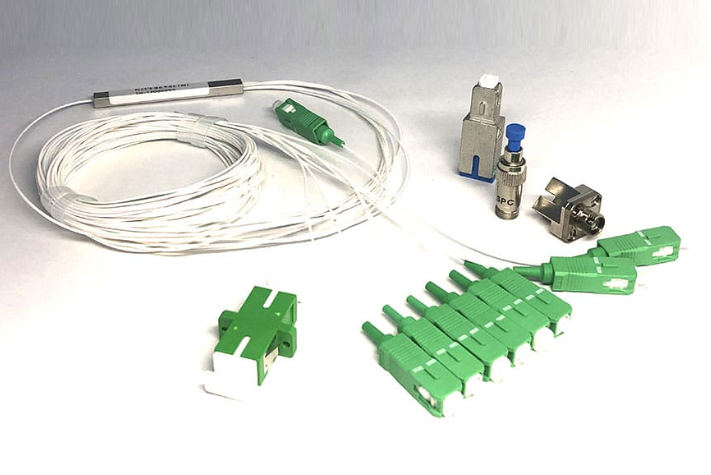
Reliability & Long-Term Stability
When investing in passive optical components, long-term reliability is one of the most critical factors to consider. These components are often installed in environments where maintenance access is limited or where system downtime can result in significant costs. Therefore, choosing products that offer consistent performance over the years of operation is essential.
The reliability of a product is affected by the quality of materials used, manufacturing processes, and accuracy of the optical alignment. Components must undergo thorough testing, which includes mechanical shock, thermal cycling, exposure to humidity, and vibration to replicate real-world conditions and ensure they comply with the requirements of industry standards like Telcordia GR-1209 and GR-1221.
The long-term stability of the optical system is essential. The component must maintain the lowest insertion loss and highest performance in return loss throughout time, despite conditions of high humidity or fluctuating temperatures. A decline in optical performance could result in signal attenuation, an increase in error rates or even system failure.
Also, take into consideration the track record of the supplier. Most reliable suppliers will provide reliability statistics, performance guarantees, as well as support for quality assurance. In the end, investing in reliable components will not only guarantee uninterrupted network performance, but also reduce maintenance costs and prolong the life span that your system’s optical components.
Compatibility with Your Optical System
Choosing passive optical components that are fully compatible with your existing or planned network is essential for seamless performance. Consider the following key compatibility factors:
- Connector Types: Ensure the connectors (LC, SC, FC, ST, etc.) match those used in your system to avoid unnecessary adapters, which can increase insertion loss and system complexity.
- Fiber Type: Verify whether your network uses single-mode (SMF) or multimode (MMF) fiber, as mismatched components can lead to significant signal degradation.
- Operating Wavelength: Match the component’s supported wavelength range with your system’s transmission window—commonly 1310 nm, 1490 nm, or 1550 nm for telecom, or C/L-band for DWDM systems.
- Polish Type: Components with APC (angled physical contact) connectors provide lower return loss than UPC (ultra physical contact) types. Ensure consistency across your system for optimal performance.
- Form Factor: Choose components that fit within your physical layout—whether rack-mounted, LGX cassette, or field-installable designs—to support space efficiency and ease of deployment.
- System Standards: Make sure the components comply with industry standards and are compatible with other vendors’ equipment if you’re building a multi-vendor network.
By thoroughly assessing these aspects, you’ll avoid integration issues and maintain high system reliability and performance.

Durability & Environmental Resistance
Passive optical components are often deployed in environments where they may face physical stress, temperature extremes, moisture, dust, or other environmental challenges. Ensuring that your components can withstand these conditions is essential for maintaining consistent network performance and reducing the risk of failure.
When evaluating durability and environmental resistance, consider the following:
- Temperature Tolerance: For outdoor or industrial installations, components that feature wide operating temperature ranges are ideal.
- Moisture and Dust Protection: Components should have sufficient sealant and meet IP65 or IP67 standards in order to withstand moisture or airborne particles without becoming damaged from humidity or other sources.
- Mechanical Strength: For maximum signal quality, select ruggedized housings and connectors capable of withstanding vibration, bending, physical impact, or corrosion in coastal or high humidity environments.
- Corrosion Resistance: When choosing materials or finishes that offer protection from corrosion in coastal or humid conditions, such as coastal cities.
Quality components designed to withstand environmental hazards not only ensure long-term reliability and reduced maintenance costs but can also prevent network outages and save you money in replacements over the lifetime of your optical system. By investing in quality now, your ROI increases over time, and replacement needs become minimal.
Application-Specific Requirements
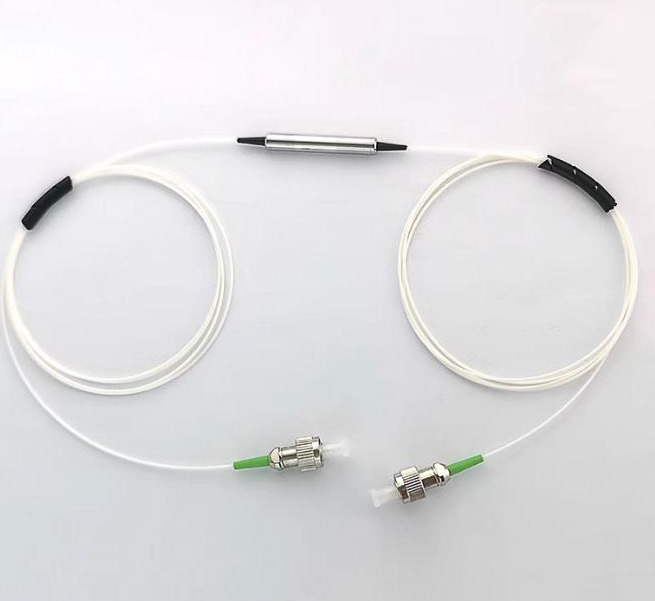
Not all optical networks are created equal—each application comes with its own set of technical and environmental demands. That’s why it’s important to select passive optical components that are purpose-built for your specific use case.
For example:
- FTTx deployments (such as FTTH, FTTC, or FTTB) often require cost-effective splitters and couplers that can handle large-scale installations while ensuring consistent performance and long-term reliability.
- Data centers require compact, low-loss components that support high-speed data transmission in dense, high-bandwidth environments.
- Industrial or outdoor networks must incorporate components that can withstand extreme temperatures, vibrations and exposure to moisture or dust.
- Military and aerospace applications often demand components that adhere to MIL-SPEC standards for durability, precision and resistance against adverse operating environments.
Before making any purchases, carefully assess the performance, environmental, and regulatory needs of your application. Selecting components tailored specifically to these specifications will ensure maximum functionality, longevity, and return on investment.
Wrapping Up
Selecting the ideal passive optical components is integral to optimizing fiber optic system performance. Focusing on low insertion loss and high return loss ensures maximum signal efficiency, while long-term reliability guarantees stable operation even under demanding environments, compatibility solves integration issues, durable corrosion-resistant designs extend product lifespan, and application-specific solutions provide tailored performance. At SMART SCI&TECH, we engineer premium components that meet these critical requirements, helping you build faster, more reliable optical networks. Contact our experts today to find your ideal solution.

